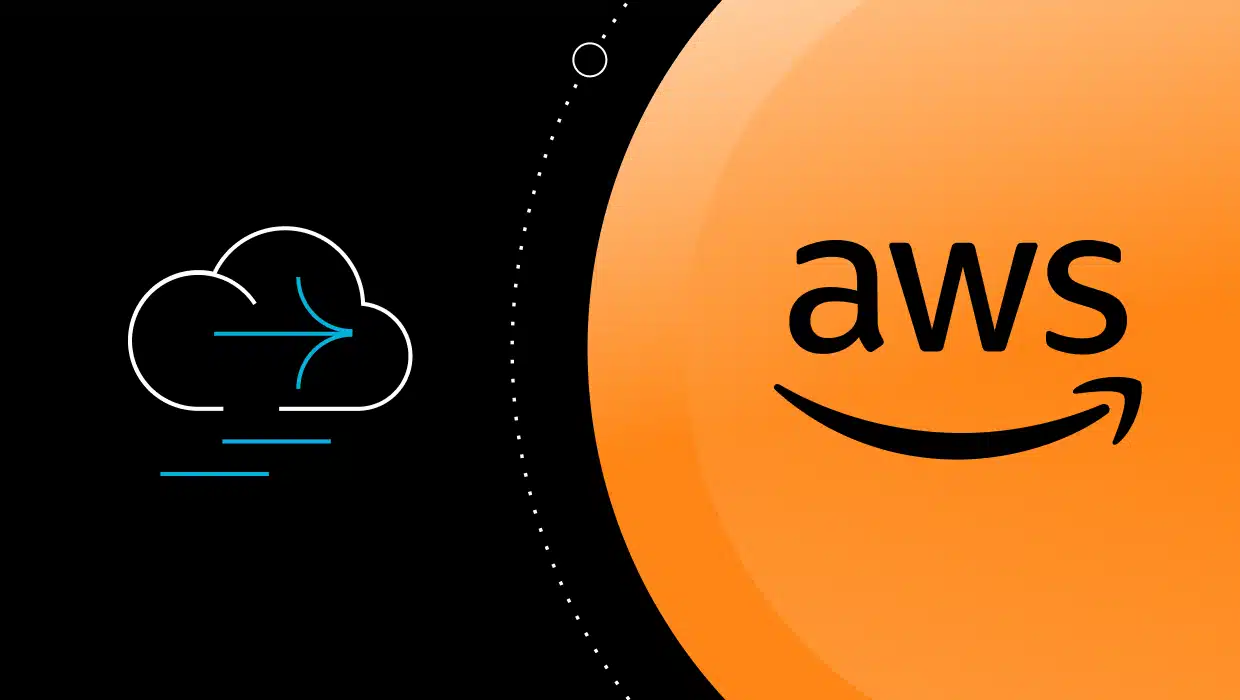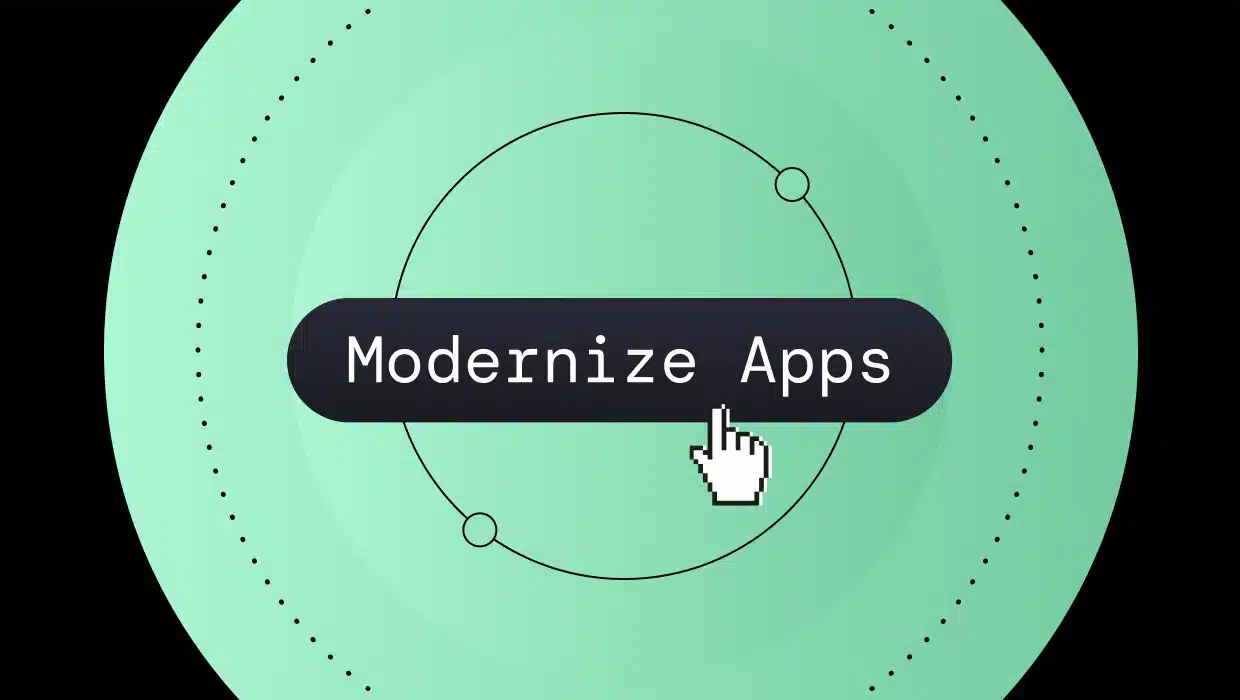In an era when continual digital transformation is forcing marketplaces to evolve with lightning speed, companies can’t afford to be held back by functionally limited and inflexible legacy systems that don’t adapt well to today’s requirements. Software applications that are hard to maintain and support, and that cannot easily incorporate new features or integrate with other systems are a drag on any company’s marketplace agility and ability to innovate.
Yet, many legacy applications are still performing necessary and business-critical functions. Because they remain indispensable to the organization’s daily operations, they cannot simply be abandoned. As a result, companies face a very real imperative to modernize aging applications to meet the rapidly shifting requirements of the marketplace. And for a growing number of them, that means modernizing those applications for the cloud.
Why Companies are Modernizing for the Cloud
Today the cloud is where the action is—where the leading edge of technological innovation is taking place, and where there is an established ecosystem that software can tap into to make use of infrastructure hosting, scaling, and security capabilities that don’t have to be programmed into the application itself.
It’s that ability to leverage a wide-ranging and technically sophisticated ecosystem that makes the cloud the perfect avenue for modernizing a company’s legacy applications.
Gartner estimates that by 2025, 90% of current monolithic applications will still be in use, and that compounded technical debt will consume more than 40% of the current IT budget.
Because software that cannot interoperate in that environment will lose much of its utility, modernizing legacy applications is an urgent imperative for most companies today.
When legacy applications are moved to the cloud and modernized so that they become cloud-enabled, they gain improvements in scalability, flexibility, security, reliability, and availability. What’s more, they also gain the ability to tap into a multitude of already existing cloud-based services, so that developers don’t have to continually reinvent the wheel.
Related: Why Cloud Migration Is Important
Once a company decides that modernization of its legacy applications is a high priority, the next question is how to go about it.
Approaches to Cloud Modernization of Legacy Applications
Gartner has identified seven options that may be useful for modernizing legacy systems in the cloud: encapsulate, rehost, replatform, refactor, re-architect, rebuild, and replace. Experience has shown that for companies beginning their modernization journey, the most viable options are rehosting, replatforming, and refactoring. Let’s take a brief look at each of these.
1. Rehosting (“Lift and Shift”)
Rehosting is the most commonly used approach for bringing legacy applications to the cloud. It involves transferring the application as-is, without changing the code at all, from its original environment to a cloud hosting platform.
For example, one of the most frequently performed rehosting tasks is moving an application from a physical server in an on-premises data center to a virtual server hosted on a cloud service such as AWS or Azure.
Rehosting is the simplest, easiest, quickest, and least risky cloud migration method because there’s no new code to be written and tested. And the demands for technical expertise in the migration team are minimal.
The downside to rehosting is the flipside of its advantages—because no changes are made to the code or functionality of the application, even though it now runs in the cloud it is no more able to take advantage of cloud-native capabilities than it was in its original environment.
On the other hand, simply by being hosted in the cloud the application gains some significant advantages:
Advantages of Rehosting
- Enhanced security—cloud service providers (CSPs) provide superior data security because their business model depends on it.
- Greater reliability— CSPs typically guarantee “five 9’s” (99.999%) availability in their Service Level Agreements.
- Global access—since the user interface (UI) of a web-hosted application is normally delivered through a browser (although the look and operation of the UI may be unchanged), users are no longer tied to dedicated terminals, but, with proper authorization, can access the system through any internet-enabled device anywhere in the world.
- Minimum risk—because there are no changes to the codebase, there’s little chance of new bugs being introduced into the application during migration.
- It’s a good starting point—having the application already hosted in the cloud is a good first step toward further modernization efforts.
Disadvantages of Rehosting
- No improvements in functionality—the code runs exactly as it always has. There are no upgrades in functionality or in the ability to integrate with other cloud-based systems or take advantage of the unique capabilities available to cloud-enabled applications. For example, although cloud-native applications are inherently highly scalable, a legacy application rehosted to the cloud may lack the ability to scale by auto-provisioning additional resources as needed.
- Potential latency and performance issues—when moving an application unchanged from an on-premises data center to the cloud, latency and performance issues may arise due to inherent cloud network communication delays.
- Potentially higher costs— while running applications in the cloud that are not optimized for that environment may decrease CapEX expenditures (you don’t have to purchase or maintain hardware), it may actually increase monthly OpEX spending because of excessive cloud resource usage.
When to Use Rehosting
Rehosting may be the best choice for companies that:
- are just beginning to migrate applications to the cloud, or
- need to move the application to the cloud as quickly as possible, or
- have a high level of concern that migration hiccups might disrupt the workflows served by the application
Because of its simplicity, rehosting is most commonly adopted by companies that are just beginning to move applications to the cloud.
2. Replatforming
As with rehosting, replatforming moves legacy applications to the cloud basically intact. But unlike rehosting, minimal changes are made to the codebase to enable the application to take advantage of some of the advanced capabilities available to cloud-enabled software, such as the adoption of containers, DevOps best practices, and automation, as well as improvements in functionality or in the ability to integrate with other cloud resources.
For example, changes might be instituted during replatforming to enable the application to access a modern cloud-based database management system or to increase application scalability through autoscaling.
Advantages of Replatforming
Because it’s basically “rehosting-plus,” replatforming shares the advantages associated with rehosting. Its greatest additional advantage is that it enables the application to be modestly more cloud-compatible, though still falling far short of cloud-native capabilities. But even relatively small improvements, such as the ability to automatically scale as needed, can have a significant impact on the performance and usability of the application.
Replatforming allows you to upgrade an application’s functionality or integration with other systems through a series of small, incremental changes that minimize risk.
Disadvantages of Replatforming
Changes to the codebase bring with them a risk of introducing new code that might disrupt operations. Avoiding such mistakes requires a higher level of expertise in the modernization team, with regard to both the original application and the cloud environment onto which it is being replatformed. It’s easy to get into trouble when inexperienced migration teams attempt to replace functions in the original codebase with supposedly equivalent cloud functions they don’t really understand.
When to use Replatforming
Replatforming is a good option for organizations that want to work toward increasing the cloud compatibility of their legacy applications on an incremental basis, and without the risks associated with more comprehensive changes.
3. Refactoring
According to Agile Alliance’s definition:
“Refactoring consists of improving the internal structure of an existing program’s source code, while preserving its external behavior.”
Whereas rehosting and replatforming shift an application to the cloud without changing its fundamental nature, refactoring goes much further. Its purpose is to transform the codebase to take full advantage of the cloud’s capabilities while maintaining the original external functionality and user interface.
Most legacy applications have serious defects caused by their monolithic architecture (a monolithic codebase is organized basically as a single unit). Because various functions and dependencies are interwoven throughout the code, it can be extremely difficult to upgrade or alter specific behaviors without triggering unintended and often unnoticed changes elsewhere in the application.
Refactoring eliminates that problem by helping software transition to a cloud-native microservices architecture. This produces a modern, fully cloud-native codebase that can now be adapted, upgraded, and integrated with other cloud resources far more easily than before the refactoring.
Advantages of Refactoring
- Enhanced developer productivity—productivity rises when developers work in a cloud-native environment, with code that can be clearly understood, and with the ability to integrate their software with other cloud resources, thereby leveraging existing functions rather than coding them into their own applications.
- Eliminated technical debt—by correcting all the quick fixes, coding shortcuts, compromises, and just plain bad programming that typically seep into legacy applications over the years, refactoring can eliminate technical debt.
- Better maintenance—whereas a monolithic codebase can be extremely difficult to parse and understand, refactored code is far more understandable. That makes a huge difference in the application’s maintainability.
- Simpler integrations—because a microservice architecture is fully cloud-enabled, refactored applications can easily integrate with other cloud-based resources.
- Greater adaptability—in a microservice-based codebase each function can be addressed independently, allowing modifications to be made cleanly and iteratively, without fear that one change might ripple through the entire system.
- High scalability—because the codebase has been reshaped into a cloud-native architecture, autoscaling can be easily implemented.
- Improved performance—the refactoring process optimizes the code for the functions it performs. This usually results in fewer bottlenecks and greater throughput.
Disadvantages of Refactoring
The main disadvantage of the refactoring approach is that it is far more complex, time-consuming, resource-intensive, and risky than rehosting or replatforming. That’s because the code is extensively modified. Refactoring must be done extremely carefully, by experts who know what they are doing, to avoid introducing difficult-to-find bugs or behavioral anomalies into the code. And that increases costs in both time and money.
On the other hand, the automated, AI-driven refactoring tools available today can take much of the complexity, time, cost, and risk out of the refactoring process.
When to Use Refactoring
Companies that need maximum flexibility and agility to keep pace with the demands of customers and the challenges of competitors will typically find that refactoring is their best choice. Though the up-front costs of refactoring are the greatest of the options we’ve considered, the ability of microservices-based applications to use only the cloud resources needed at a particular time will keep long-term operating expenses much lower than can be achieved with the other options.
Choosing Your Modernization Approach
How can you determine the approach you should use for modernizing your legacy applications? Here are some steps you should take:
1. Understand Your Business Strategy and Goals
Why are you considering modernizing your legacy applications? What business interests will be served by doing so? The only way to determine which applications should be modernized and how is to examine how each serves the goals your business is trying to achieve.
2. Assess Your Applications
In light of your business goals, determine which applications are in greatest need of modernization, and what the end-product of that upgrade needs to be.
3. Decide Whether to Truly Modernize or Just Migrate
Rehosting and replatforming are not really about modernizing applications. Rather, their focus is on simply getting them moved to the cloud. That can be the first step in a modernization effort, but just migrating an application to the cloud pretty much as-is does little to enable it to become a full participant in the modern cloud ecosystem.
In general, migration is a short-term, tactical approach, while modernization is a more long-term solution.
4. Repeat Steps 1-3 Again, and Again, and…
Application modernization is not a one-and-done deal. As technology continues to evolve at a rapid pace, you’ll need to periodically revisit these assessments of how well your business-critical applications are contributing to current business objectives, and what improvements might be needed. Otherwise, the software you so carefully modernize today might become, after a few years, your new legacy applications.
Related: Preventing Monoliths: Why Cloud Modernization is a Continuum
Making the Choice
As we’ve seen, rehosting or re-platforming are the quickest, easiest, and least costly ways to bring monolithic application services at least partially into the cloud. But those applications are still hamstrung as far as taking advantage of the cloud’s extensive capabilities is concerned.
Refactoring, on the other hand, is more expensive and time-consuming at the beginning, but positions applications to function as true cloud-native resources that can be much more easily adapted as requirements change.
If you’ve got an executive mandate to move beyond just a “quick fix” approach to your legacy applications, you should strongly consider refactoring. And remember that by employing today’s sophisticated, AI-driven application modernization tools, the time and cost gaps between refactoring on the one hand, and rehosting or re-platforming on the other, can be significantly narrowed.
A good example of such a tool is the vFunction Platform. It’s a state-of-the-art application modernization platform that can rapidly assess monolithic legacy applications and transform them into microservices. It also provides decision-makers with data-driven assessments of legacy code that allow them to determine how to proceed with their modernization efforts. To see how vFunction can help your company get started on its journey toward legacy application modernization, schedule a demo today.







